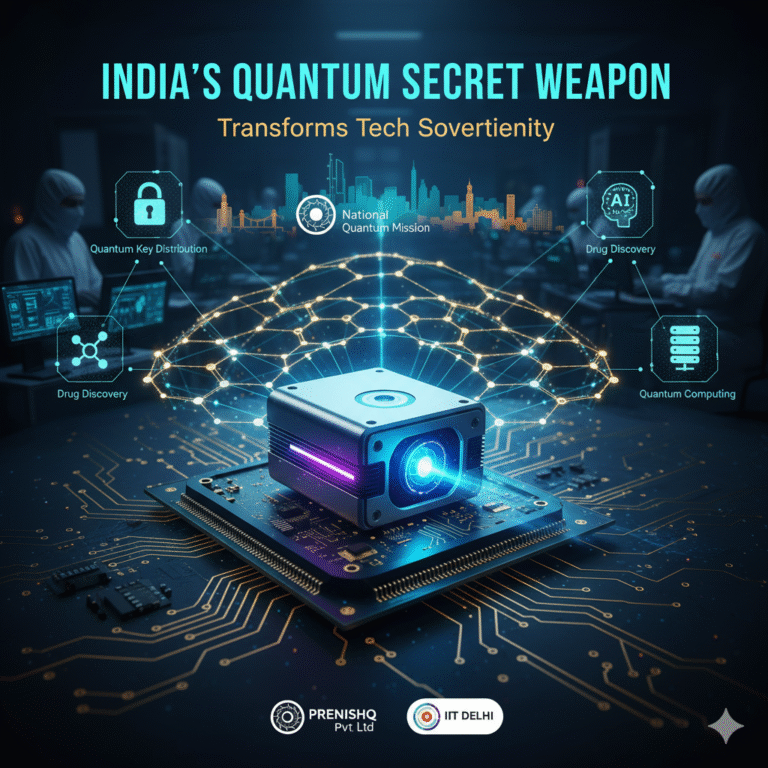India’s Unified Payments Interface (UPI) is a global marvel—a rapid, near-instant platform enabling millions of seamless digital transactions every day. For years, a key pillar has been its “zero-MDR (Merchant Discount Rate)” policy, ensuring no direct fees for consumers or merchants accepting UPI payments. But with ICICI Bank’s decision to start charging payment aggregators for processing merchant UPI transactions from August 1, 2025, the winds of change are blowing across Indian fintech.
Is this the tip of the iceberg for UPI monetization? What does it mean for payment platforms, small businesses, and the millions relying on cost-free digital payments? Let’s break down the new policy, its context, and the possible ripple effects shaping India’s payments future. mint
The News: What Is Changing With ICICI Bank’s UPI Fees?
Starting August 1, 2025, ICICI Bank will levy the following fees on payment aggregators (PAs) such as Google Pay, PhonePe, Razorpay, and Mobikwik for merchant UPI transactions:
- 2 basis points (bps) per transaction (capped at ₹6) if the aggregator holds its escrow account with ICICI
- 4 basis points (bps) per transaction (capped at ₹10) if the aggregator’s escrow account is with another bank
- No fee for transactions settled directly into merchant accounts with ICICI Bank
Important:
End users—people making UPI payments—will not see a direct fee. Merchants and/or the payment aggregators will decide who absorbs or shares this new cost.
India’s “Zero-MDR” UPI Policy: A Quick Recap
- MDR (Merchant Discount Rate): The fee once split among banks, aggregators, and gateways per digital payment.
- In January 2020, the Indian government effectively nullified MDR for UPI and RuPay card transactions. The aim: boost digital adoption, support small merchants, and keep digital payments “free” at the point of service.
- Who paid the costs? Banks and aggregators had to absorb infra, security, and operational expenses—making scaling UPI a thin-margin, high-volume play.
Why Is ICICI Bank Charging Fees to Aggregators Now?
Three main pressures are driving change:
1. Sustainability and Cost Recovery
As UPI volumes soar (over 13 billion monthly transactions as of mid-2025), banks incur rising costs—server infra, cybersecurity, settlement, dispute resolution, and regulatory compliance. With zero-MDR, these were unrecovered.
2. Aggregator-Centric Flows
Most UPI merchant payments are routed through PAs, not directly into merchant bank accounts, creating an intermediary layer with its own costs.
3. Competitive Market Dynamics
By incentivizing aggregators to keep escrow accounts with ICICI, the bank can improve its CASA (Current Account Savings Account) base, reinforce loyalty, and boost fee recovery.
4. Precedent for Monetization
With the largest private UPI ecosystem, ICICI’s move is a shot across the bow—testing if it can introduce monetization without losing business to rivals.
Breaking Down the Fee Structure
| Aggregator’s Escrow with… | Fee per txn | Cap per txn |
|---|---|---|
| ICICI Bank | 2 bps | ₹6 |
| Other Bank | 4 bps | ₹10 |
| Direct to ICICI merchant | 0 | 0 |
Example:
For a ₹5,000 UPI payment via a large aggregator (escrow at ICICI):
2 bps = 0.02% → ₹1. Max capped at ₹6 regardless of ticket size.
Small, but at scale:
With millions of daily transactions, these fees add up fast—impacting aggregator bottom lines and, possibly, merchant pricing.
Who Will Feel the Pinch?
1. Payment Aggregators (PAs)
- Direct impact: Their ultra-thin margins shrink further, especially those routing payments via non-ICICI escrows.
- Escrow shift: Some may migrate escrows to ICICI to halve their fee burden, reinforcing bank loyalty at the cost of flexibility.
- Possible platform fees? Some fintechs may experiment with merchant fees, tiered pricing, or new surcharges.
2. Merchants
- Currently shielded by zero-MDR, but pressure may build—especially for high-frequency, low-margin merchants (e.g. kiranas, small retailers).
- Passing the cost? Large platforms might absorb fees; smaller businesses may see new “platform service charges” for UPI acceptance.
- Alternative settlements: Merchants may prefer direct ICICI settlement to avoid fees—affecting aggregator business models.
3. Fintech Platforms
- Innovation on pricing: Platforms could introduce freemium UPI acceptance, premium settlement speeds, or bundled charges.
- Reduced margins: Increased operating costs may slow down promo offers or cashbacks, a key user acquisition tool.
4. End Users
- No direct charge (yet): Policy prevents customer-facing UPI fees for now.
- Potential indirect effects: Service charges, fewer incentives, or merchants favoring cash/QR alternatives.
Industry Implications: Is UPI’s Free Ride Ending?
1. An Inflection Point for Monetization
ICICI might have made the first move, but more banks may follow—pressured to recover ever-growing costs in the zero-MDR regime.
2. A New Competitive Landscape
Banks may compete for aggregator escrows. Large players gain leveraging power; small fintechs might face headwinds unless they scale up or diversify.
3. Pressure on the “Small Merchant” Promise
Rising costs—even if minimal per transaction—could push small businesses to rethink digital adoption or consolidate with platforms offering “free” affiliations for limited periods.
4. Policy and Regulation Debates Will Intensify
- Will the zero-MDR policy be revisited—allowing limited, capped fees for sustainability?
- Can standardized fees prevent predatory surcharges and level the playing field?
- How will RBI and NPCI monitor and regulate the pass-through of such charges to merchants and users?
FAQs
Q: Will I (the end user) now pay for UPI transactions?
A: No—direct charges to customers remain banned. But some merchants may introduce service fees for UPI payments, or pass on aggregator charges indirectly.
Q: Does this mean UPI is no longer free for merchants?
A: Not in all cases—but if a merchant’s payments are routed through aggregators (not settled directly to their ICICI account), they may bear fees or see reduced incentives from fintech partners.
Q: Why not just use cards or cash instead?
A: UPI remains faster, more accessible, and widely preferred by both customers and merchants. The new fees are minor per transaction but significant in aggregate.
Q: Could other banks start charging too?
A: Yes, especially if ICICI’s move faces little pushback and helps cost recovery and business growth. Market dynamics could change rapidly.
How Can Merchants and Aggregators Respond?
- Negotiate Bulk Deals: Large merchants or platforms may negotiate fee waivers or caps with their aggregator or bank partners.
- Optimize Settlements: Consider routing UPI settlements directly to ICICI accounts (if eligible) to avoid fees.
- Communicate Transparently: Merchants should inform customers about every charge or change in experience.
- Diversify Payment Methods: Multiple gateway relationships help minimize single-bank dependencies.
Conclusion: An Era of “Free” Digital Payments Faces a Turning Point
ICICI Bank’s 2025 UPI fee isn’t just an operational tweak—it’s a litmus test. As banks and fintechs chase sustainability amid exploding digital volumes, the balance between cost-free access and viable business models will shape India’s payments landscape for years to come. For now, users are shielded, but the questions raised—about who pays, how much, and when—are just beginning.








+ There are no comments
Add yours